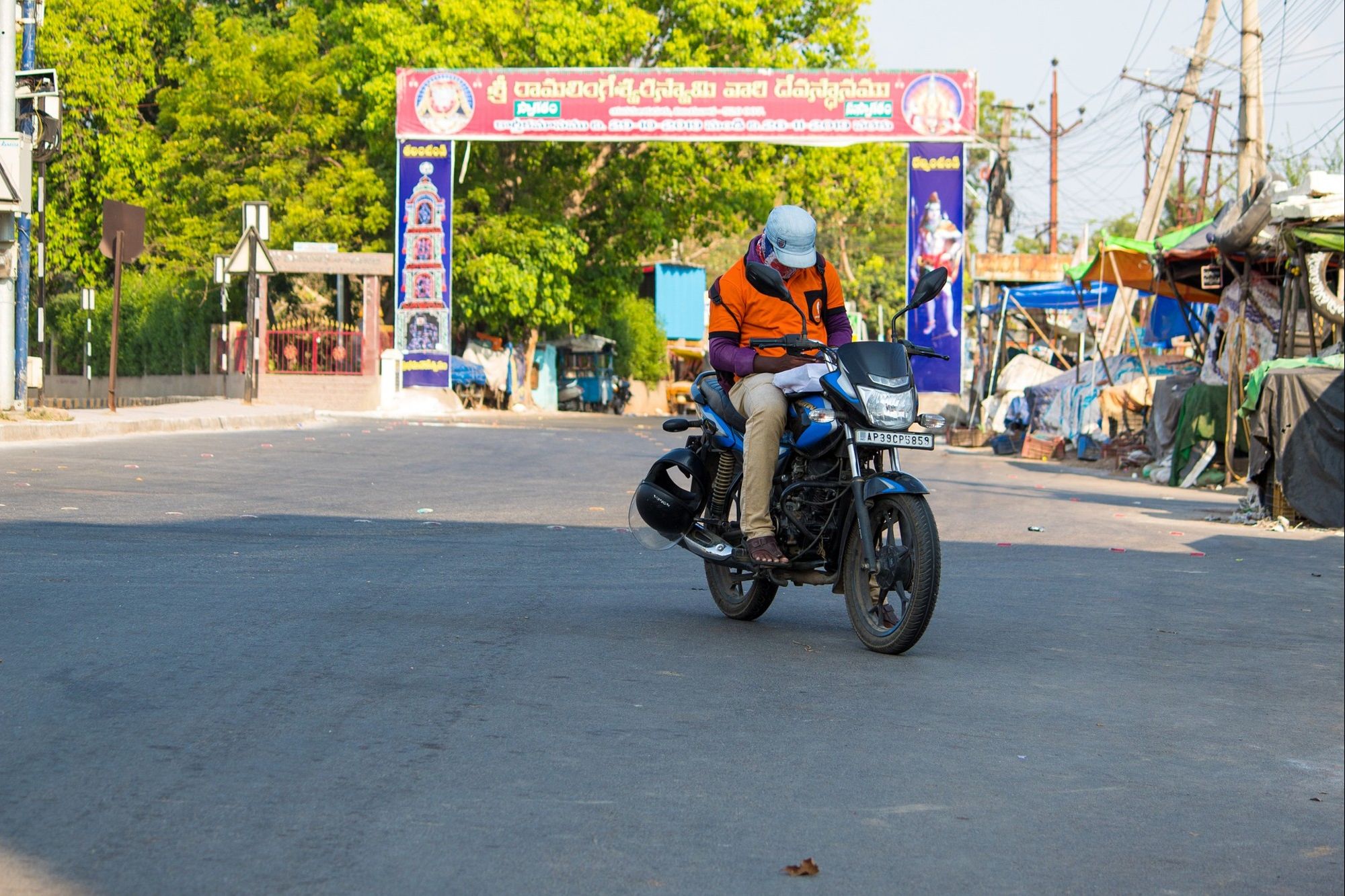Coronavirus Pandemic: An Opportunity For India Health facilities in India compared with the developed economies stand nowhere, but still India has been extremely effective so far in containing the disease
Opinions expressed by Entrepreneur contributors are their own.
You're reading Entrepreneur India, an international franchise of Entrepreneur Media.

COVID-19 pandemic has jolted economies across the world, with the strongest economies still struggling to contain the infection and treating patients. Countries such as India and Vietnam have gone into a complete lockdown mode for a few weeks to break the chain of infection, and have quarantined suspects and promoting self-isolation.
These countries have traced contacts who came in touch with carriers as a preventive measure. In a matter of weeks, India went from the discovery of its first few imported COVID-19 cases to extending a complete restriction on the movement of all of its citizens across the country. So far, this methodology has proved to be quite effective, while South Korean strategy of massive testing across the nation has also been fruitful.
Health facilities in India compared with the developed economies stand nowhere, but still India has been extremely effective so far in containing the disease. According to the Reserve Bank of India database, the combined expenditure of the central and state governments in India on education is just 3.3 per cent of the gross domestic product (GDP), while that on health sector it stands at a much lower figure of 1.3 per cent of the GDP. At the same time, Canada's public spending on health alone is over 11 per cent of its GDP and that on education is nearly 5 per cent. (GDP of Canada is $1.65 trillion (2017) and population is 3.65 crore (2017); GDP of India is $2.6 trillion (2017) and population is 133.92 crore (2017).
The numbers speak for themselves and that explains why governments in India are thinking of innovative ways of dealing with current pandemic situation in case the infection spreads to a large number of people. News of converting train coaches into isolation wards is covered in the mainstream media. State governments have converted hotels and schools as quarantine facilities. Defense forces establishment or ports will also be utilized for handling worst case scenarios. Entire India, at present, is hoping for the best and preparing for the worst.
Indian has already achieved World Health Organization (WHO)-recommended standard ratio of 1:1000 (doctor to population ratio). Currently we are producing enough MBBS graduates to maintain the ratio, but the private healthcare system which is largely urban based, hospital-centric and specialty-driven does not have the capacity or the need to employ MBBS doctors. The public healthcare sector does not offer enough jobs to the doctors which mainly serves rural sector in India. This is a great worry seeing the current situation of pandemic globally.
The worst nightmare for India will be if infection reaches rural India where health facilities as well as awareness about the disease are the challenges. This fact would be the moment of realization for our top leadership and for the whole country that how important the strengthening of public health sector is. And on this front, infrastructure includes physical as well as human infrastructure. India needs to invest and deploy massive amount of funds compared with the present numbers to equip primary health centers and create more jobs for MBBS doctors to maintain the WHO-recommended standard uniformly across the nation.
Building a robust public health infrastructure also includes equipping health practitioners to identify possible cases affected by epidemics and nip the spread in the bud. Bhilwara experience has been an eye opener. Private sector in healthcare, local clinics, etc., need to be roped in and trained on how to handle these situations. In fact, urban India can learn a lot from rural India on how epidemics such as cholera, polio, etc., have been controlled and neutralized.
The current situation mandates a clear and distinct approach on handling urban epidemics. India's annual battle with dengue and chikungunya in urban areas has a lot to teach. Local governments have learnt from the past mistakes and there is a considerable improvement in handling dengue cases year-on-year. Therefore, while building a robust public health infrastructure, especially for urban areas, the role of urban local bodies and strengthening the municipal infrastructure becomes highly relevant.
Health sector should not be seen in isolation but needs to be focused along with the education sector. Education sector will help in creating awareness and increase the hygiene standards among general public. The governments in the center and the state need to take the spending in both the sectors much higher than current numbers in order to serve such a large population. These two sectors will help India in fighting with crisis like COVID-19 in future and contribute much more to the economy by producing skilled and healthy people. India should see this situation as an opportunity to experiment with various models to improve both the sectors.
It may be possible that one size will not fit all but we as a country should not shy away from spending and experimenting. Example of Delhi government on mohalla clinics and improving facilities in government schools have been proved to be a reasonable success. There is still a scope for improvement to reach to global standards but it is a good start to be prepared for future.
North Block should keep its purses open and not worry about the fiscal deficit, even if it breaches double digit mark. India badly needs to borrow prosperity from its future to build a prosperous future. An investment in health and education infrastructure will yield humongous returns in future. Singapore is a case in point here.










